Realistic pencil art can truly mess with your eyes—it’s so good, it looks like you could reach out and touch it! Artists draw hyper-detailed faces, furry animals mid-pounce, shiny spoons, and even crumpled cans that shine and wrinkle just right. They focus on textures, wrinkles, light, shadow, and tiny reflections—little things that make ordinary objects and portraits practically jump off the page. Even freckles, scars, and wild hair get special attention. There’s a lot more to discover, too.
Key Takeaways
- Hyperrealistic pencil portraits capture lifelike emotions, with artists focusing on intricate details in the eyes, freckles, and wrinkles.
- Detailed animal drawings showcase realistic fur texture, dynamic motion, and vivid expressions using layered shading and precise pencil strokes.
- Botanical studies in pencil emphasize veins, dew drops, and natural curves, revealing the intricacies of plant life.
- Still life compositions elevate ordinary objects like spoons and cans by highlighting reflections, scratches, and realistic textures.
- Dramatic light and shadow techniques, including chiaroscuro, create depth and make pencil drawings appear three-dimensional and photo-realistic.
Hyperrealistic Portraits Capturing Human Emotion
Emotion takes center stage in hyperrealistic pencil portraits, where artists try to capture every tiny detail, especially in the eyes, so you almost feel what the person is feeling.
In these realistic pencil drawings, artists spend hours—sometimes weeks—blending, shading, and studying their subjects to bring every freckle and wrinkle to life. Even the smallest lines around a smile or a tear seem to tell a story.
Artists like Paul Cadden use hyperrealistic pencil skills to make you stop and stare, wondering if the picture might blink! With techniques that layer pencil strokes and add intricate textures, these portraits seem to go beyond photographs.
Paul Cadden’s hyperrealistic pencil art looks so lifelike, you almost expect the portraits to blink right back at you.
You can almost hear the subject take a breath. It’s art that looks alive—and sometimes, maybe a little too real!
Lifelike Animal Fur and Texture Studies
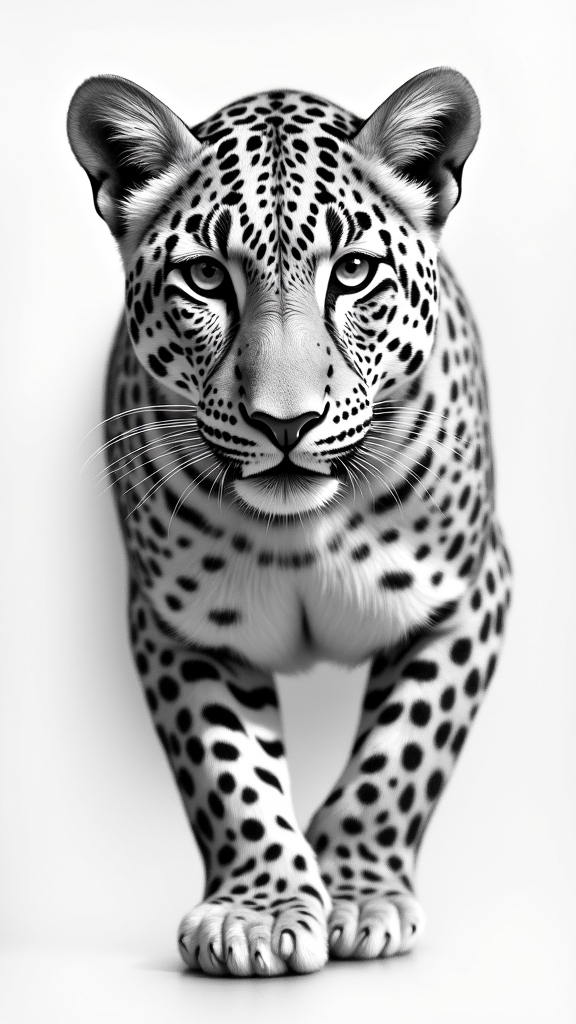
Fur—there’s nothing quite like it when it comes to challenging pencil artists. A hyperrealist artist tackling animal fur studies has to be patient, because creating a realistic drawing with convincing fur isn’t just about making random lines.
It’s about mastering shading, layering with different pencils, and studying how fur grows and flows. Every single stroke matters. Getting the direction just right, paying attention to patterns, and highlighting where the light hits can make a drawing jump off the page!
Here’s what it looks like:
- A wolf’s coat, every strand shaded and layered to create wild, windswept motion.
- The velvety texture of a rabbit’s fur, nearly soft to the touch, brought to life with pencil dust.
- A tiger’s striking stripes, every bold patch and tiny highlight catching the viewer’s eye.
Detailed Eye Reflections That Tell a Story
Eyes in pencil art can do more than just stare back—they can actually tell a whole story with just a spark of reflection.
Getting that emotional depth means paying close attention to tiny details on those shiny, watery surfaces, almost like trying to draw a feeling instead of just an eyeball.
Artists who master reflections can make it look like there’s a whole world tucked inside someone’s gaze, and sometimes, the secrets you spot are as surprising as finding a cat hiding in your sock drawer.
Capturing Emotional Depth
When someone looks at a drawing and feels like the eyes are gazing right back, that’s when pencil art goes from cool to unforgettable.
Some artists have a real knack for creating realistic eyes that seem packed with emotional depth. They use tiny reflections, super precise shading, and careful lines to tell a story—sometimes without even showing a single tear or smile.
Those pupils and glimmering lights in the eyes can pack a secret: fear, happiness, or some hidden memory. It’s no wonder people stop and stare.
- A single teardrop shimmering in a wide eye, letting the viewer feel the sadness within.
- Dazzling highlights in the iris showing laughter hiding just beneath the surface.
- A subtle, shadowy reflection hinting at a memory only the artist and the subject know.
Mastering Reflective Surfaces
Mirrors in miniature—sometimes that’s exactly what an artist tries to create inside a tiny, watchful eye.
When it comes to drawing in black and white, capturing eye reflections is like snapping a photo with just pencils—and maybe a sprinkle of patience.
Self-taught artists know that reflections aren’t just shiny blobs; they’re tiny stories. Imagine the world reflected in a single eye—windows, a favorite pet, even the artist’s hand at work!
Getting those details right means layering soft, dark graphite and blending until the glints and shadows curve perfectly.
Eyes can look wet, mysterious, or full of secret feelings. Mess up the highlights, and the eye looks flat.
But nail those reflections, and your art suddenly feels alive—like it’s looking right back at you.
Photorealistic Metallic Object Renderings
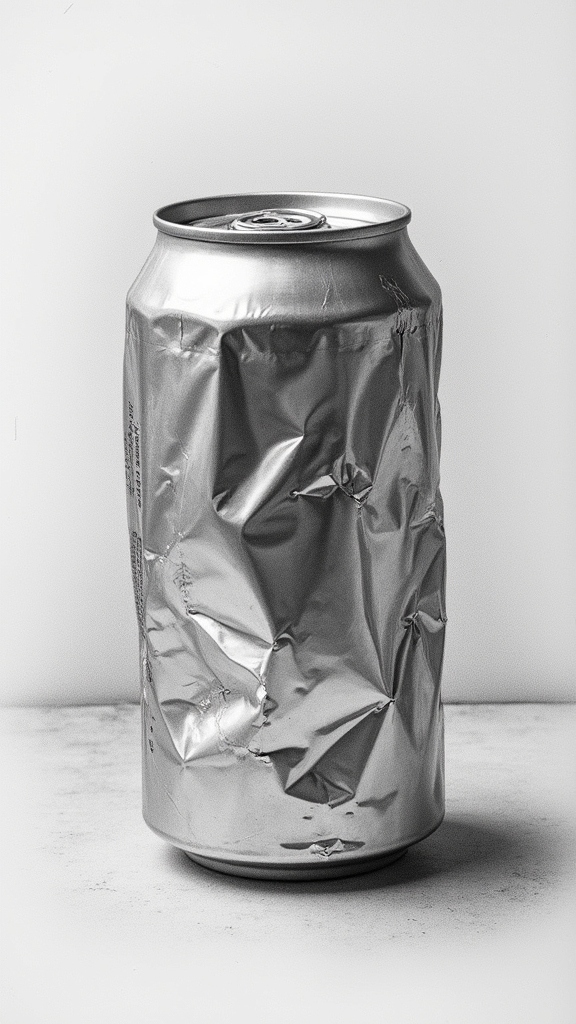
Although drawing a shiny metal spoon might sound boring at first, photorealistic metallic object renderings are actually mind-blowing.
Artists using graphite and charcoal have been drawing since forever, but now, they turn boring stuff like screws and kitchen taps into stunning art that looks so real, you’ll want to reach out and touch it!
Every tiny imperfection, every sparkle, and even a fingerprint gets captured. The trick? Thousands of careful pencil strokes and shading that grabs every hint of a reflection.
It’s not just skill—it’s like a magic trick for your eyes.
Imagine these scenes:
- A flawless, gleaming screw twisted against white paper, reflections bending around its threads.
- A metal teaspoon, so real you can almost see yourself in it.
- A tap, glistening with detailed highlights, every reflection perfectly placed.
Nature-Inspired Leaf and Flower Drawings
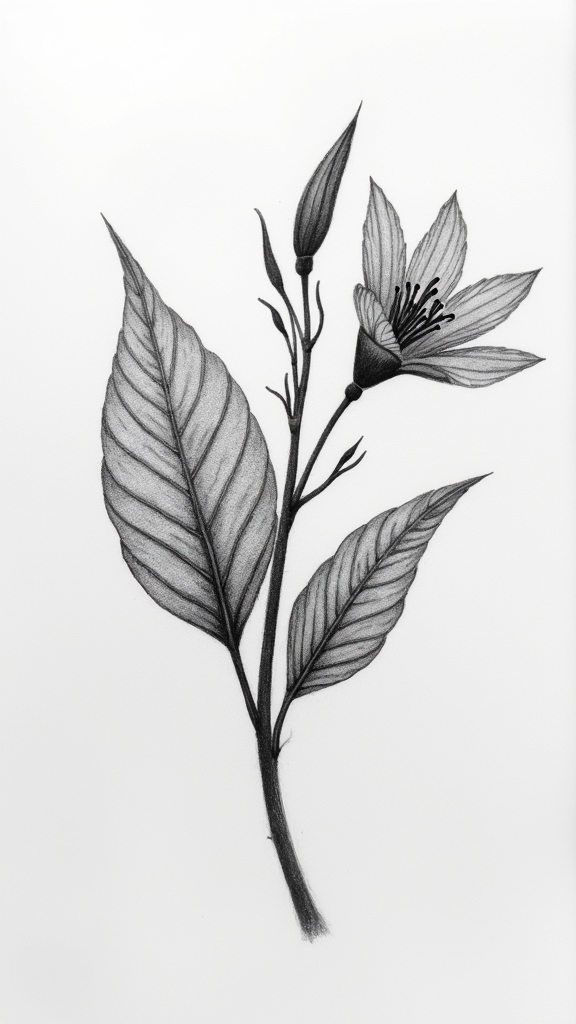
There’s something totally magical about pencil drawings that capture the wild beauty of leaves and flowers.
Artist Creates a world where the tiniest veins on a maple leaf or the curve of a rose petal stand out with jaw-dropping realism.
Every delicate vein and gentle curve springs to life, revealing nature’s breathtaking detail through the artist’s incredible pencil work.
It’s almost like the page is about to burst into bloom, which is sort of mind-blowing if you think about it.
Drawing lifelike plants takes years old of patience and practice—no, you can’t just doodle a stick flower and call it a day.
Shading, layering, and squinting at real plants help artists get those subtle shadows, bold highlights, and delicate textures just right.
Add in sparkling dew drops or a burst of color, and the results can make anyone stop and stare in amazement.
Surrealism Combined With Photorealism
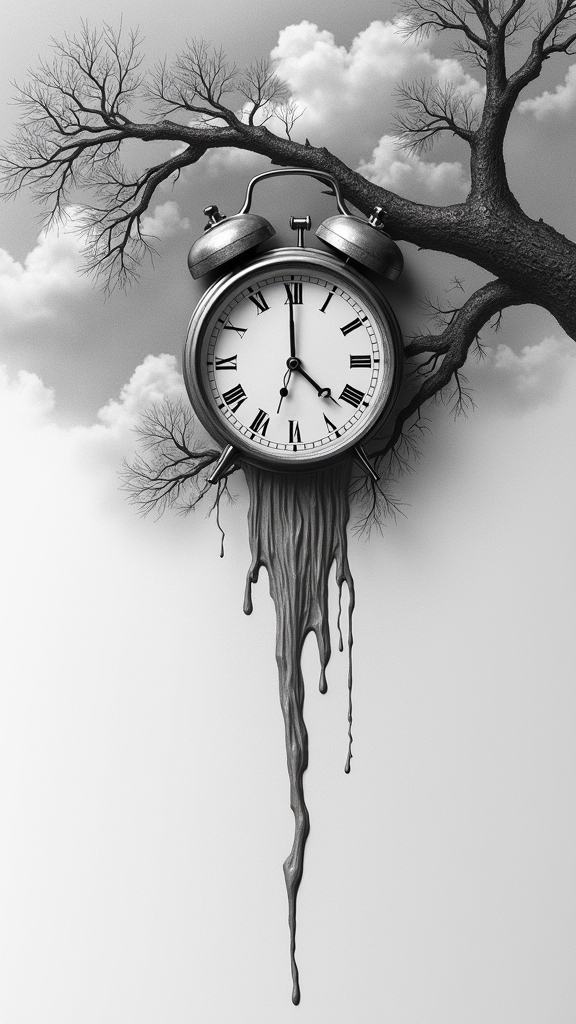
A mashup of art styles can be totally mind-bending, and mixing surrealism with photorealism is where the magic really happens.
Imagine sketching something so true-to-life it could be a black-and-white photograph—then flipping reality on its head with dreamlike realities and imaginative distortions.
Artists, like Jono Dry, blend hyper-detailed shading with bizarre, almost trippy scenes, making their work feel like a peek into someone’s subconscious exploration.
The careful textures and shading glue these two styles together so it doesn’t all fall apart.
It’s crazy how these pieces make you question what’s real and what’s not.
Here are three ways surrealism meets photorealism in pencil art:
- Floating objects in everyday scenes
- Faces transforming into environments
- Vintage portraits with impossible twists
Realistic Pencil Drawings of Water and Glass
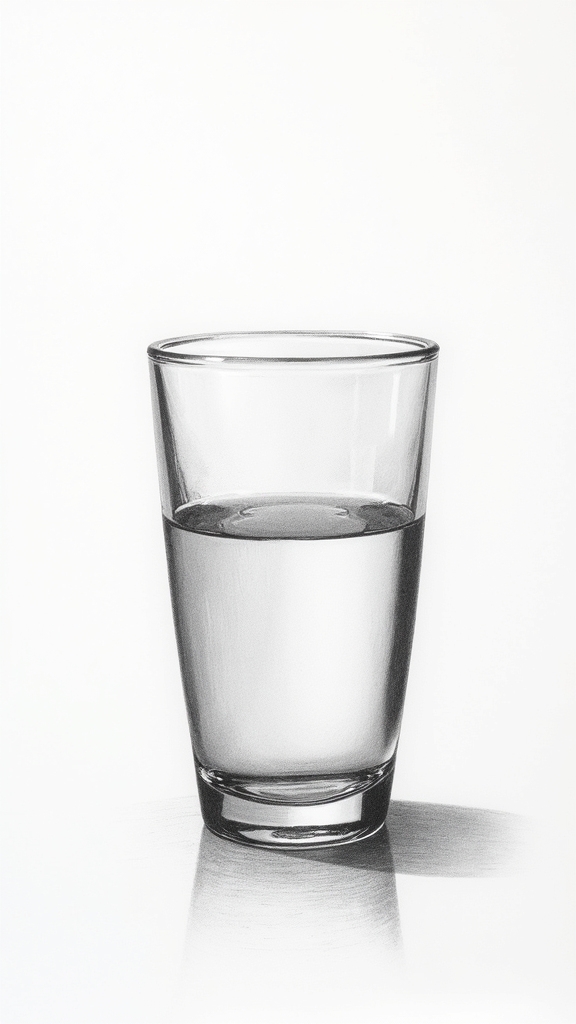
When it comes to pencil art, drawing water and glass is like taking on the ultimate boss battle. Both subjects are basically the superheroes of see-through, and getting them right is no joke.
Artists have to master epic water reflection techniques to show all those cool ripples and shiny highlights. With glass texture mastery, it’s all about catching the way light bends, bounces, and does weird stuff inside glass.
You’ll see artists blending, layering, and switching pencils a lot, using dynamic shading methods to nail that transparent look. Observing real water or glass super closely is basically required, or your drawing might just look like a soggy blur.
The payoff? A pencil drawing that makes you do a double take—or maybe a triple one!
Architectural Details and Cityscape Impressions
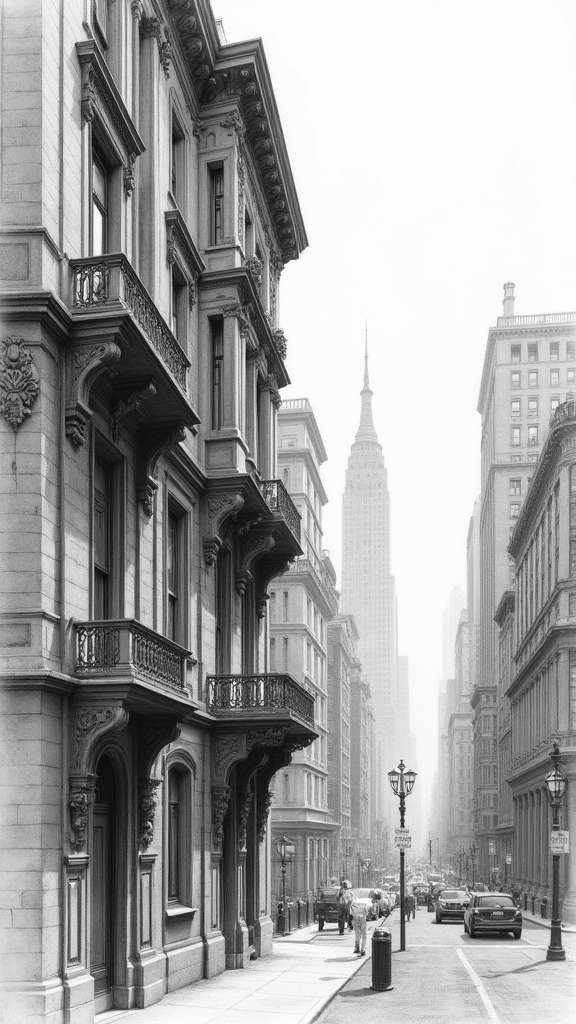
Even though city buildings might seem like nothing but a bunch of rectangles and straight lines, pencil artists know they’re actually full of tiny details waiting to be discovered.
Grab a pencil, and the world of architectural textures reveals itself—where every brick, window, and rooftop has its own personality! Sharp eyes and steady hands help artists spot city reflections in shiny glass, making skyscrapers look like they’re swapping secrets.
Capturing the wild dance of light dynamics on stone or metal requires patience—and a knack for not smudging your masterpiece with a rogue eraser crumb.
- Sketch the repeating rhythms of windows, doors, and delicate railings, letting the lines lead your eyes.
- Layer pencil grades to create rough concrete versus slick glass.
- Mirror city reflections, adding drama to skyline views.
Dramatic Light and Shadow in Still Life
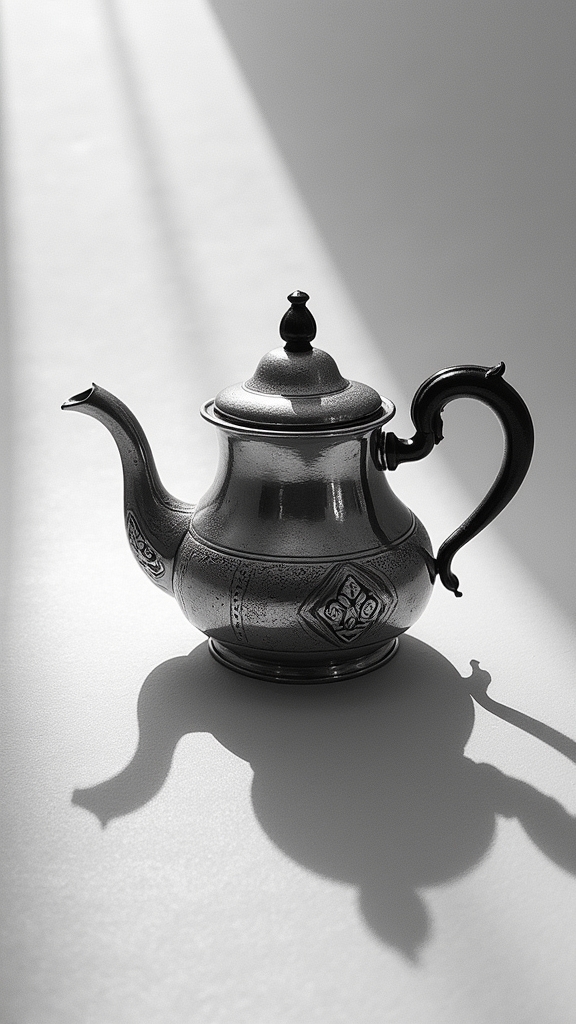
Spotlight and shadow—those two are the real magicians in still life pencil art, bringing flat paper shapes to life.
Without dramatic light and dark, a bowl of fruit just sits there, boring as day-old toast. But by using chiaroscuro techniques, artists control the scene, making apples pop and mugs suddenly look touchable.
Chiaroscuro transforms an ordinary bowl of fruit from flat and lifeless to vibrant, making objects leap off the page.
Light placement is everything—shine it from the side, and wow, the shadow dynamics give your drawing amazing depth.
Getting the highlights and shadows just right means studying real life like a detective: Where does the sun land? Where do shadows hide?
Layering graphite and blending smooths out the changes between night-dark shadows and bright spots, so the drawing almost jumps off the paper.
It’s pure drawing magic!
Vintage Style Realism With a Modern Twist
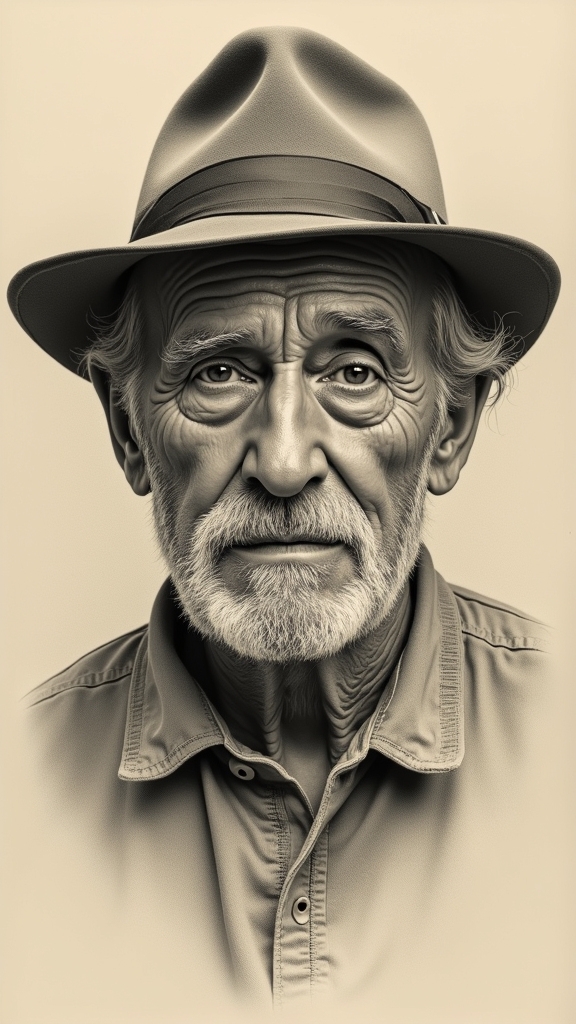
Nostalgia packs a punch, especially in pencil art that blends vintage style with modern flair. Artists dive deep into vintage aesthetics, picking out nostalgic elements like old cameras, classic cars, or grandma’s favorite tea set.
What really turns heads is how they use contemporary techniques—sharp layering, wild blending, and magical graphite tricks—to add jaw-dropping detail. The mix feels like stepping into a time machine that lands in 2024.
Check out these scenes that could live on any cool wall:
- A gleaming antique bicycle drawn with bold, crisp lines.
- An art deco radio, its textures so rich you feel the wood grain just by looking.
- Classic movie star portraits that balance old-school charm with hyperreal shading.
It’s past meets present—totally awesome, right?
Full-Scale Human Figure Renderings
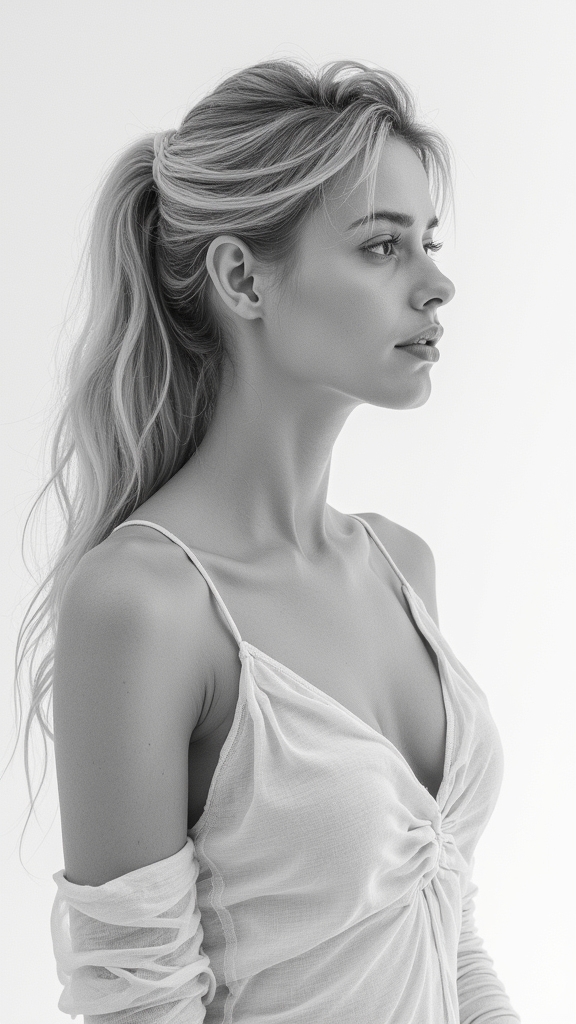
Sweat, patience, and a serious eye for detail—that’s what it takes to pull off full-scale human figure renderings in pencil.
Artists don’t just jot down a person and call it a day; they dive deep into dynamic poses exploration, sketching everything from someone leaping midair to chilling on the couch.
Anatomical structure analysis gets intense: every muscle, bone, and curve needs to be just right, or the person might end up looking more like a bendy action figure!
Proportion accuracy techniques come in handy, making sure arms don’t end up too long or heads too tiny.
Layered pencil strokes, careful blending, and dramatic light and shadow work all team up to create a jaw-dropping, super realistic drawing—one that could fool your eyes!
Everyday Objects Transformed Into Art
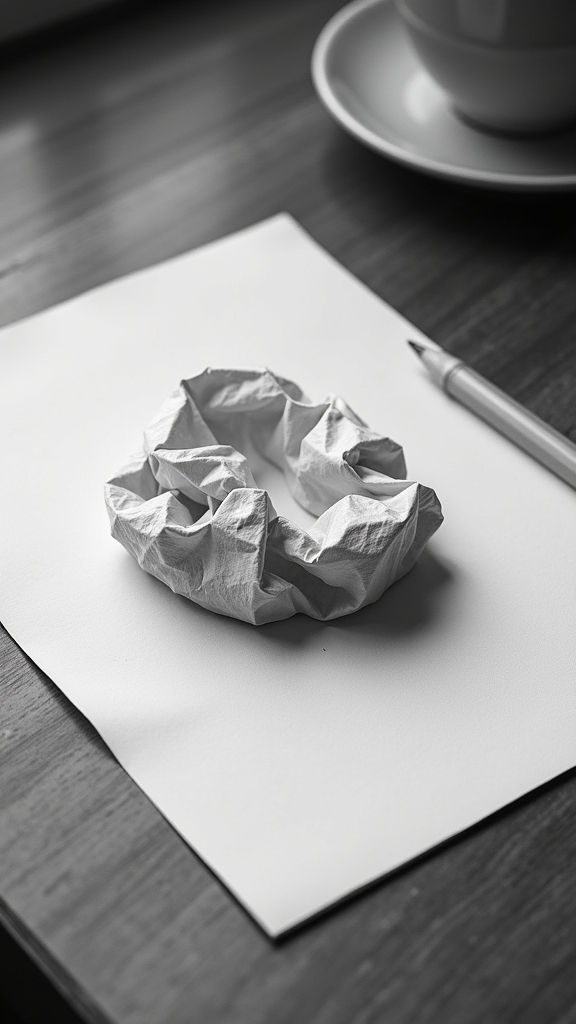
Who knew a spoon or a crumpled soda can could make such awesome art?
By focusing on all those little scratches, reflections, and even fingerprints, artists turn regular stuff into jaw-dropping masterpieces, almost begging you to look closer.
It’s wild how just a pencil and some paper can reveal the hidden beauty waiting in everyday things, making a plain fork suddenly feel like a superstar.
Elevating Mundane Daily Items
Some of the most amazing pencil art didn’t start with fancy subjects—sometimes, it’s just a rusty screw or a shiny fork sitting on a kitchen table.
That’s the magic of transformative artistry. Artists like Kohei Ohmori and Silvie Mahdal take totally ordinary stuff and turn it into drawings that look more real than photos.
It’s like they have X-ray eyes for everyday beauty, spotting details most people miss. With every shadow and scratch captured, these artists make viewers pause and think, “Whoa, I’ve seen that before, but never really saw it.”
Their work is all about simplicity appreciation—finding art in the normal.
Take a look at these examples:
- A dew-kissed bathroom faucet
- A tangled clump of paperclips
- An old, worn-out eraser
Exploring Texture and Light
There’s a real thrill in how pencil artists play with texture and light, especially when they take something as simple as a spoon or a crumpled piece of paper and make it look jaw-droppingly real on the page.
Texture exploration is at the heart of turning boring, everyday objects into scenes that pop off the paper. Artists use special shading techniques—like cross-hatching or even stippling—to build layers, making surfaces look rough, smooth, shiny, or dull.
What really makes it magical is their understanding of light dynamics. They figure out how shadows fall or how reflections sparkle, and then recreate that with just a pencil.
It sounds wild, but with enough patience, even the most ordinary object can start looking like a photo in black and white.
Hidden Beauty in Details
A pencil might seem like no big deal, but in the right hands, it can uncover secrets hiding in the most boring objects—like a metal fork or an old pair of sneakers.
Artists have made a habit of hidden details exploration, turning stuff you’d find in your kitchen drawer into jaw-dropping art. With crazy patience and a good eye, artists like Kohei Ohmori and Silvie Mahdal find beauty where nobody’s looking.
It’s like a seriously epic game of “find the difference”—only instead of a puzzle, it’s real life transformed by everyday beauty appreciation. Suddenly, you notice the ordinary objects significance all around you.
Imagine these:
- The shine and scratches on a battered spoon
- The tangle of shoelaces on old sneakers
- The smooth, cold twist of a paperclip
Realistic Skin and Flesh Tone Studies
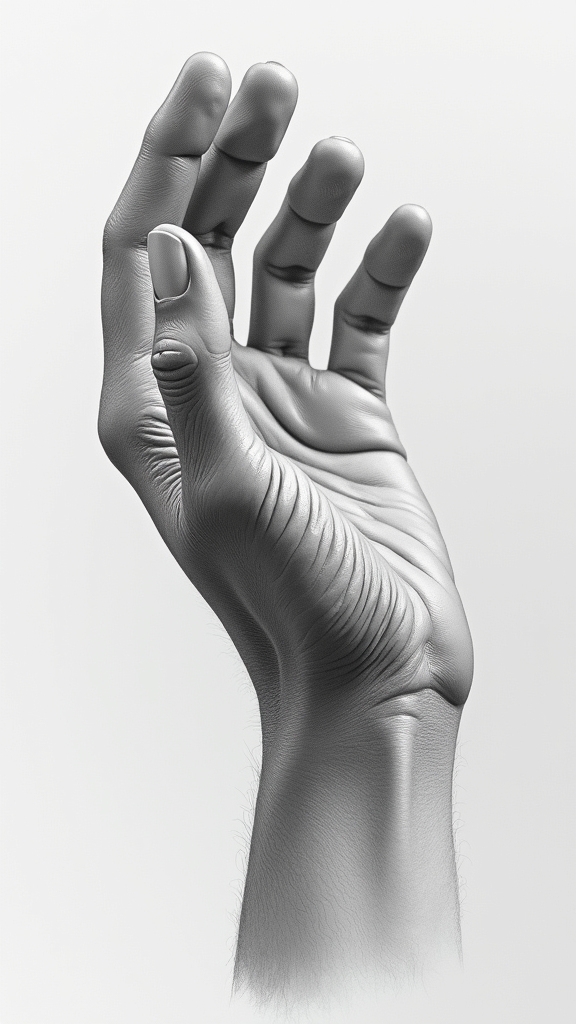
Many artists agree: drawing realistic skin and flesh tones in pencil is one of the toughest, but most rewarding, challenges out there.
Getting those smooth skin tone blending effects isn’t just about picking up a pencil and hoping for the best—oh no, it’s practically a Jedi skill. To create lifelike portraits, artists master shadow play and learn to spot every little detail, from the tiniest wrinkle to that one freckle you thought nobody noticed.
They use a whole arsenal of pencils, layering light and dark shades to show all the texture variations in skin. With lots of patience (and maybe a bit of eye strain), artists study how light dances on the skin, carefully capturing every highlight and shadow for some serious wow-factor realism.
Black and White Hyperrealistic Car Illustrations
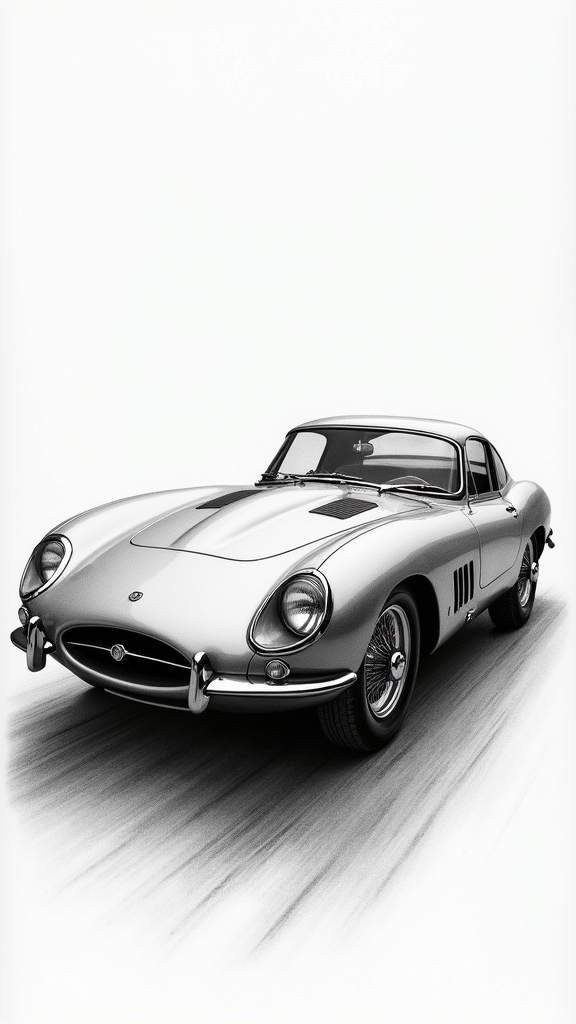
Nailing lifelike skin with a pencil is tough, but getting a car to look shiny, smooth, and crazy-realistic in black and white—that’s a whole other level of awesome.
Hyperrealism techniques—like layering graphite, blending with tortillons, and perfecting shadows—bring classic car design right off the paper. Artists might spend weeks hunched over their sketches, chasing every tiny detail, making chrome bumpers and tire treads glint just like real life.
They love capturing iconic rides, turning moments from automotive history into museum-worthy art. Sometimes, it’s hard to believe you’re not looking at a photograph!
Picture these:
- Gleaming reflections dancing across a vintage hood.
- Minute scratches etched onto a worn-out hubcap.
- Deep shadows curling beneath fenders and headlights.
Textured Hair and Beard Details
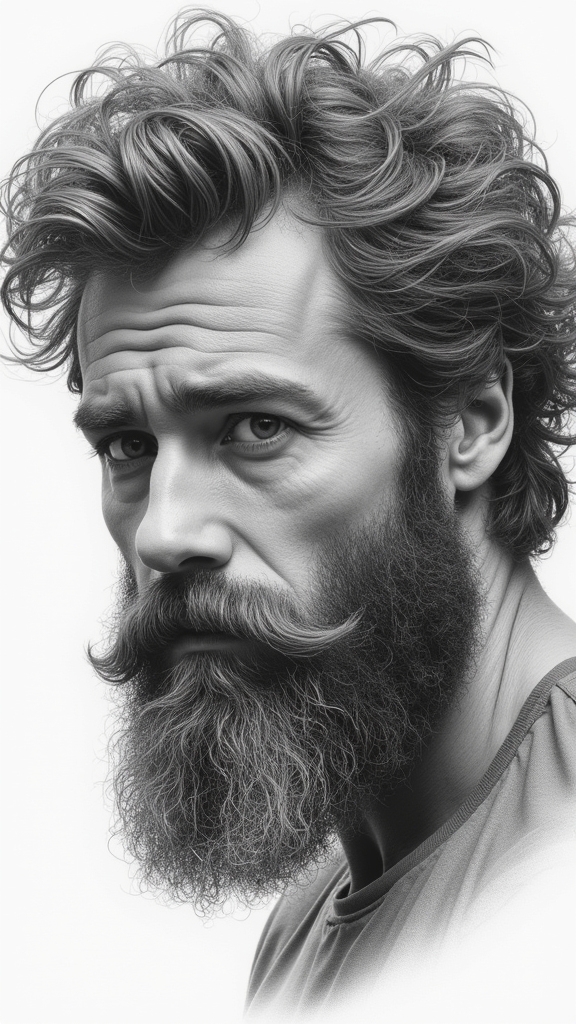
Textured hair and beard details can really make a pencil drawing pop, especially when artists work in layers to build up depth and shadow.
It’s not just about drawing a bunch of strands—using different pencil grades and paying attention to how the light bounces off hairs can trick the eye into seeing real shine and texture.
The coolest part is when tiny imperfections and the right shading turn a flat picture into something that almost feels soft to the touch (but please, don’t try to pet your paper).
Layering for Depth
For anyone who’s ever tried to draw realistic hair or beards with pencil, they know it’s not just about scribbling wild lines and hoping for the best. Achieving hair texture realism takes serious patience and clever layering techniques.
Artists start with light strokes, then gradually build up darkness with different pencils—sometimes using hundreds of thousands of marks! The trick is to pay attention to pencil stroke variations and follow the natural flow of hair growth.
Blending tools like stumps or tortillons soften the look, making everything seem fuller and more lifelike.
Want to picture it? Imagine:
- Rows of short, overlapping lines slowly turning into a thick beard.
- Shaded layers that create deep, shadowy hair roots.
- Wispy, feather-light strokes that mimic stray hairs perfectly.
Capturing Light Reflection
Imagine sunlight glinting off someone’s wild hair or a scruffy beard—that’s the magic artists try to catch when drawing light reflections.
Getting hair light dynamics just right is no joke. To pull this off, artists need solid shading techniques, blending hard, soft, and quick pencil strokes to nail the way light plays on textured locks.
They look at real people or sharp photographs, spotting shiny highlights and shadowy patches that create texture realism. Each little line has a purpose—if a strand is out of place or too perfect, it throws off the feel.
Trickier still? Smudging and blending for those soft shifts where shines slip into shadows, making hair look real, touchable, and, honestly, a little wild—just like real life.
Realistic Texture Techniques
Plunge into the wild world of drawing hair and beards, and suddenly, things get real detailed, real fast. One moment it’s just a basic outline, and the next, you’re wrestling with making every tiny strand look like it’s popping off the page.
Mastering realistic texture techniques means juggling pencil blending techniques, precise hair layering methods, and lots of time observing hair textures in real life—no shortcuts here! If you want your pencil portraits to wow people, you need to combine sharp observation with some cool tricks:
- Start soft, finish sharp: Use lighter pencil strokes for the base and add layers of darker lines for depth.
- Blend, blend, blend: Smooth out harsh edges with blending stumps for soft shifts.
- Spot the highlights: Look closely, and use an eraser to create realistic shine!
Capturing Emotion in Child and Elderly Faces
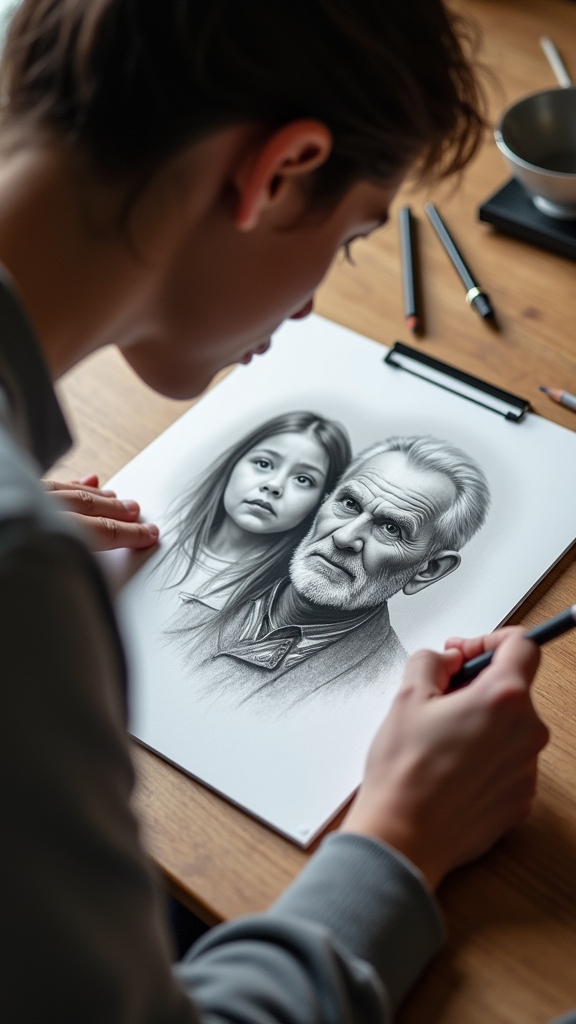
Emotions practically dance across faces, especially when drawing portraits of children and the elderly. Artists often chase childhood innocence, capturing those sparkly eyes and goofy grins that just scream joy. It takes serious skill (like, wizard-level pencil work) to show a child’s playful spirit or the serene vibe of elderly wisdom. While a kid’s smooth cheeks practically beg for soft shading, an older face invites attention with every wrinkle—each one a story! Pencil artists look for moments to create a real emotional connection, maybe through the twinkle in a grandparent’s eye or a soft smile. Details matter—think the curve of lips or the gentle frown lines. Check out the table to see how each age lights up on paper:
| Age Group | Key Emotion | Artistic Focus |
|---|---|---|
| Child | Innocence | Bright eyes, soft skin |
| Elderly | Wisdom | Wrinkles, aged texture |
| Child | Playfulness | Lively smiles |
| Elderly | Contemplation | Deep-set expressions |
Close-Up Study of Hands and Gestures
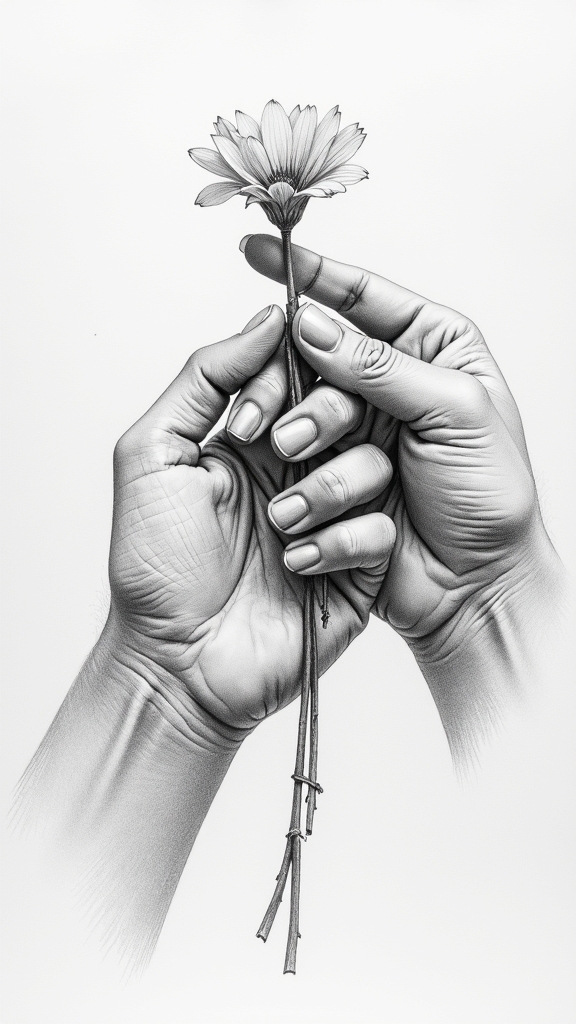
Hands might look tricky, but studying them up close lets artists show off some seriously cool finger movements—like a snap, a wave, or even the awkwardness of holding a slippery lollipop.
By focusing on every tiny detail, from bumpy knuckles to shiny skin and all those little shadows between fingers, a drawing can almost feel like it’s about to wiggle right off the page.
Careful shading, mixed with a little artistic courage, helps turn an ordinary pencil study into a scene packed with energy and emotion.
Capturing Expressive Finger Movements
Few parts of the body can tell a story quite like a pair of hands caught in action. When artists focus on capturing expressive finger movements, they tap into the gesture dynamics and finger anatomy that can turn a drawing into a story you feel more than see.
It’s not just about making fingers look real—it’s about showing the twist of excitement or the grip of worry through each pose. Emotional storytelling might just live in a single clenched fist or open palm.
- The tension in stretched fingers as someone reaches for something, nails catching the light, veins a little proud beneath the skin.
- A quiet, thoughtful curve of knuckles as hands rest on a book.
- Fingers tangled, fidgeting nervously, barely touching—like a secret shared in silence.
Realistic Skin Texture Rendering
Under a pencil’s tip, skin becomes a kind of magic trick—turning blank paper into a patchwork of tiny wrinkles, soft shadows, and sudden highlights.
When artists zoom in on drawing hands, the real challenge is capturing all those wild skin tone variations and natural blemishes. It’s not just about drawing a “hand”; it’s about showing every little scar, pore, and the intricate details that make it impossible to tell if it’s art or reality.
Artists love using different grades of pencils—soft for deeper shades, hard for sharp lines.
Layering is a secret weapon here. Build up the graphite, little by little, and the skin comes alive—three-dimensional and so real you might just want to reach out and poke it!
Shadows and Light Play
Even before a pencil touches the paper, it’s the dance between shadows and light that gives drawings their real spark—especially when it comes to close-up studies of hands and all their wild gestures.
Hands, with their bumpy knuckles and twisty fingers, are the ultimate challenge for an artist. To nail every detail, artists watch how light interaction changes skin tones and textures, creating those amazing tonal variations.
Sharpening up shading techniques helps bring out all those tiny lines and creases. Go for high-contrast lighting, and suddenly, one part of a finger glows while the rest disappears into shadow—a bit dramatic, but oh-so-cool.
- Shine a lamp on a hand, and dramatic shadows carve out every wrinkle and shape.
- Pencil grades create soft, misty tones or deep, bold lines.
- Light and shadow morph a hand gesture from gentle to powerful.
Realistic Animal Portraits in Motion
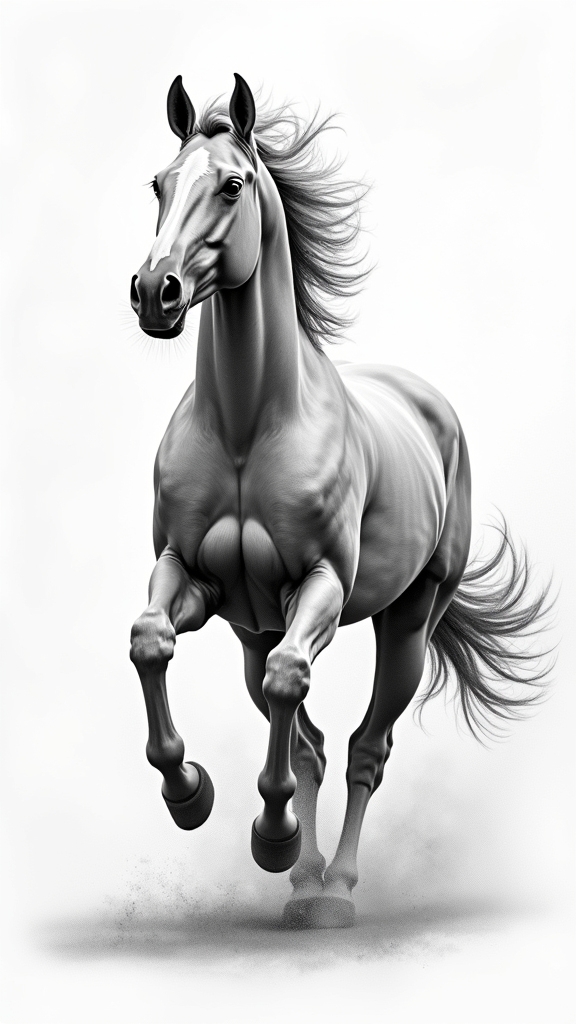
Jump into the wild world of realistic animal portraits in motion, where a cheetah sprints across the page or an eagle swoops with wings stretched wide.
Artists who draw moving animals need to master dynamic movement techniques—think about how fur whips in the wind or paws blur with speed. They rely on animal anatomy studies, picking apart muscles and bones like super detectives, making sure every bend and stretch is spot-on.
Emotional expressions analysis ramps it up, letting you see the fear in a rabbit’s eyes or the focus of a prowling panther. Clever shading gives feathers their shine and fur its fluff, while fast, blurry lines create motion.
When done right, these pencil drawings practically leap out and roar—or maybe just chirp—at you!
Pencil Drawings Highlighting Imperfections
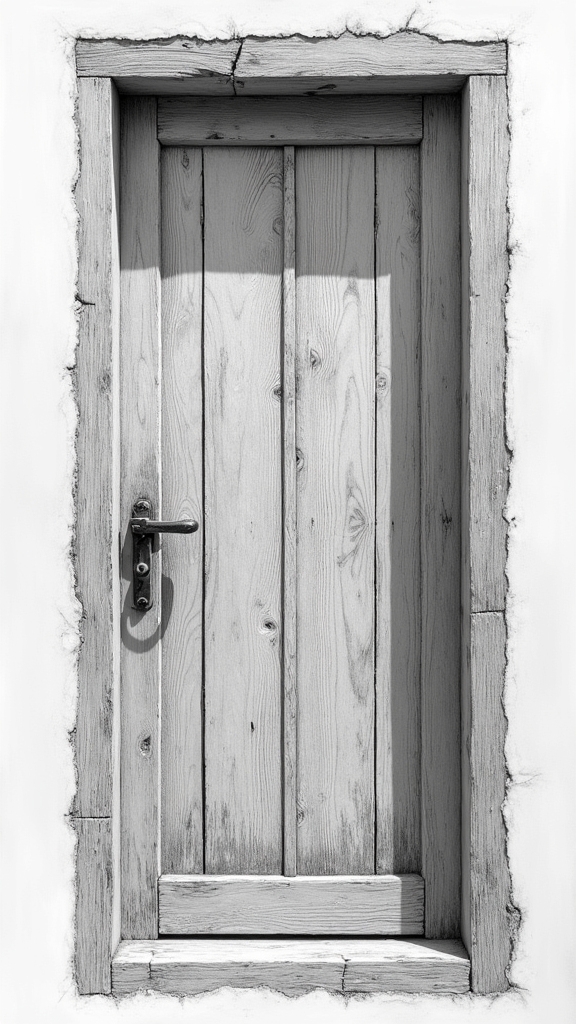
While some artists chase after flawless beauty, others find magic in the messy bits—wrinkles, freckles, scratches, and all the imperfections that make something feel real. That’s where pencil drawings highlighting imperfections come in.
There’s a special magic in drawn imperfections—wrinkles, freckles, scratches—where realness outshines the pursuit of flawless beauty.
These artists tackle texture exploration like detectives, sketching every tiny flaw with obvious imperfection appreciation. When viewers see a face with every wrinkle, a battered sneaker with scuffed-up toes, or a rusty bike with peeling paint, it hits different. There’s an emotional resonance that perfection just can’t deliver.
Here’s what these drawings might look like:
- Close-ups of hands, each line and scar telling a life story.
- Portraits with freckles and acne, celebrating every unique feature.
- Everyday objects, like old mugs, marked with chips or scratches.
Perfection? Overrated. Imperfections? That’s the real magic.
Frequently Asked Questions
How to Draw Realistic Pictures With a Pencil?
To draw realistic pictures with a pencil, one should refine shading techniques, master perspective drawing for correct proportions, and focus on texture creation. Regular observation and precise rendering of light, shadow, and surface details contribute to convincing realism.
How Do I Turn a Photo Into Pencil Art?
To turn a photo into pencil art, one can use photo manipulation techniques or digital art conversion tools. Incorporating pencil shading tips enhances realism, while careful observation and layering improve the lifelike quality of the final artwork.
What to Draw 100 Ideas?
When considering what to draw, one might explore a variety of subjects including portrait sketches, nature scenes featuring forests or mountains, and animal portraits. Expanding into urban environments, still life arrangements, or imaginative compositions further encourages creativity.
Who Is the Most Realistic Pencil Artist?
The current question explores which famous pencil artists best exemplify hyper realistic techniques and exceptional pencil art styles. Paul Cadden frequently leads discussions, though Kohei Ohmori, Silvie Mahdal, and Kelvin Okafor also display remarkable realism.
Conclusion
Pencil art is way more than doodles in the margins of your notebook. With a little patience and practice, you can turn a regular piece of paper into something that almost looks like a snapshot from a camera. Whether you love drawing shiny metal, fluffy animals, or super emotional faces, there’s a place for your ideas. So, grab your pencils, get creative, and don’t be afraid to make mistakes—sometimes, those flaws are where the magic happens!

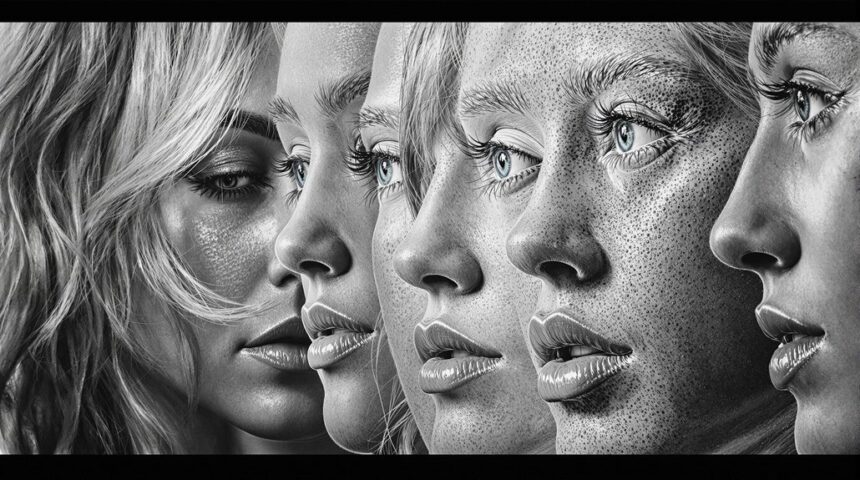
Leave a Reply